“About time,” Bosch said.
“Where’s the crime scene?” Edgar said.
“There is no crime scene,” Bosch said. “We’re taking Louis here back to the station to look at photos.”
“That’s weird.”
“What is?”
“I just passed Mark Baron, the crime scene guy, coming out of the elevator. He was in a hurry. I thought he was going to get his camera.”
They found police photographer Mark Baron in his apartment in West Hollywood. The door was unlocked and open two inches. Bosch called his name and then entered. Edgar and Rider were with him.
After overhearing Reineke tell Bosch and Edgar about the police photographer who used phony names to take Hollywood headshots of young women, Baron had rushed home, gone into the bedroom and gotten the gun he kept in a shoebox under his bed. He sat on the edge of the bed and put the muzzle into the fleshy spot under his chin. He pulled the trigger and blew the top of his head off.
Bosch didn’t look too long at the body of the dead photographer. Instead his eyes were drawn to the walls of the bedroom. Three of the four were covered floor to ceiling with collages of crime scene photos. All were of dead women. Next to each photo of death was a photo of life. The same woman alive and posing for him.
“Oh my God,” Rider murmured. “How long was he doing this?”
Bosch scanned the room and all of the photos of all of the different women. He didn’t want to guess.
“I better call this in to the captain,” Edgar said.
He left the room. Bosch continued to look. Finally, he found the headshot photo of Lizbeth Grayson on the wall. A photo of her lying dead on the bed was taped to the wall next to it.
Bosch wondered which of the photos Baron had prized the most. Dead or alive?
“I better call my office and tell them where I’m at,” Rider said.
Bosch nodded his approval. She left the room then and only Bosch remained.
“Do you still want to be a detective?” he asked, though he knew she was gone.
On the way up, the car’s air conditioner gave up shortly after Bakersfield. It was September and hot as I pushed through the middle of the state. Pretty soon I could feel my shirt start to stick to the vinyl seat. I pulled off my tie and unbuttoned my collar. I didn’t know why I had put a tie on in the first place. I wasn’t on the clock and I wasn’t going anywhere that required a tie.
I tried to ignore the heat and concentrate on how I would try to handle Seguin. But that was like the heat. I knew there was no way to handle him. Somehow it had always been the other way around. Seguin had the handle on me. One way or the other that would end on this trip.
I turned my wrist on the steering wheel and checked the date on my Timex. Exactly ten years since the day I had met Seguin. Since I had looked into the cold green eyes of the killer and known I was looking into the abyss.
The case began on Mulholland Drive, the winding snake of a road that follows the spine of the Santa Monica Mountains. A group of high schoolers had pulled off the road to drink their beer and look down upon the smoggy City of Dreams. One of them spotted the body. Nestled in the mountain brush and the debris of beer cans and tequila bottles tossed down by past revelers, the girl was nude, her arms and legs stretched outward in some sort of grotesque display of sex and murder.
The call came to me, Detective Harry Bosch, and my partner, Frankie Sheehan. At the time, we worked out of the LAPD’s Robbery-Homicide Division.
The crime scene was treacherous. The body was snagged on an incline with a better than sixty-degree grade. One slip and a person could tumble all the way down the mountainside, maybe end up in somebody’s hot tub down below or on somebody’s concrete patio. We wore jumpsuits and leather harnesses and were lowered down to the body by firemen from the 58th Battalion.
The scene was clean. No clothes, no ID, no physical evidence, no clues but the dead girl. We didn’t even find any fibers that were going to be useful. This was unusual for a homicide.
I studied the girl closely and put her age at fifteen but no older. Mexican, or of Mexican descent, she had brown hair, brown eyes and a dark complexion. I could tell that in life she had been beautiful to look at. In death she was heartbreaking. She had been strangled, the indentations of her killer’s thumbs clear on her neck, the petechial hemorrhaging putting a murderous rouge around her eyes. Rigor mortis had come and gone. She was loose. That told us she had been dead more than twenty-four hours.
The guess was that she had been dumped the night before, under cover of darkness. That meant she had been lying dead somewhere else for twelve hours or more. That other place was the true crime scene. It was the place we needed to find.
When I turned the car inland toward the bay the air finally began to cool. I skirted the east side of the bay up to Oakland and then went across the bridge into San Francisco. Before crossing the Golden Gate I stopped for a hamburger at the Balboa Bar & Grill. I get to San Francisco two or three times a year on cases. I always eat at the Balboa. This time I ate at the bar, glancing occasionally up at the television to see the Giants playing in Chicago. They were losing.
But mostly I rolled the old case back and forth in my head. It was a closed case now and Seguin would never hurt another person again. Except himself. His last victim would be himself. But still the case stuck with me. A killer was caught, tried and convicted, and now stood to be executed for his crimes. But there was still an unanswered question that stuck with me. It was what put me on the road to San Quentin on my day off.
They called it the Little Girl Lost case in the newspaper. It was because we didn’t know her name. Fingerprints from the body matched no prints contained in computerized records. The girl matched no description on an active missing persons case anywhere in Los Angeles County or in national crime databases. An artist’s rendering of the victim’s face put on the TV news and in the papers brought no calls from a loved one or an acquaintance. Sketches faxed to five hundred police agencies across the southwest and to the State Judicial Police in Mexico drew no responses. The victim remained unclaimed and unidentified, her body reposing in the refrigerator at the coroner’s office while Sheehan and I worked the case.
It was tough. Most cases start with the victim. Who that person was and where she lived become the center of the wheel, the grounding point. Everything comes from the center. But we didn’t have that and we didn’t have the true crime scene. We had nothing and we were going nowhere fast.
All that changed with Teresa Corazon. She was the deputy coroner assigned to the case officially known as Jane Doe #90-91. While preparing the body for an autopsy she came across the lead that would take us first to McCaleb and then to Seguin.
Corazon found that the victim’s body had apparently been washed with an industrial-strength cleaner before being discarded on the hillside. It was an attempt by the killer to destroy trace evidence. This in itself, however, was both a clue and trace evidence. The cleaning agent could help lead to the killer’s identity or help tie him to the crime.
However, it was another discovery made by Corazon that turned the case for us. While photographing the body the deputy coroner noticed an impression in the skin on the rear left hip. Postmortem lividity indicated the blood in the body had settled on the left half, meaning the body had been lying on its left side in the time between the stilling of the heart and the dropping of the body down the hillside off Mulholland. The evidence indicated that during the time that the blood settled, the body had been lying on top of the object that left the impression on the hip.
Читать дальше
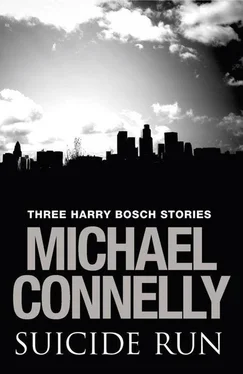
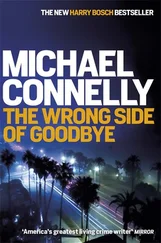
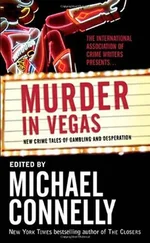
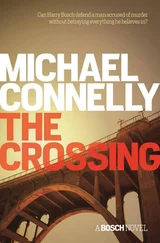

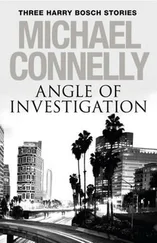
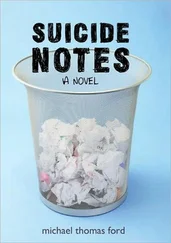
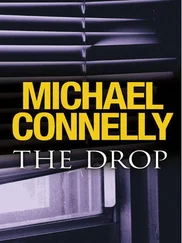


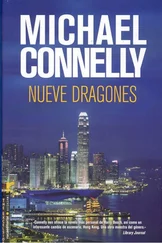
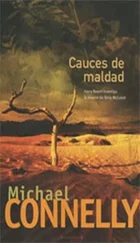
![Майкл Коннелли - The Night Fire [Harry Bosch - 22]](/books/405630/majkl-konnelli-the-night-fire-harry-bosch-22-thumb.webp)